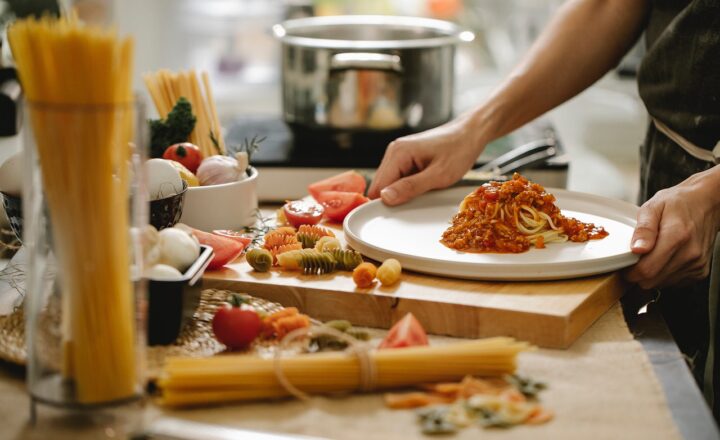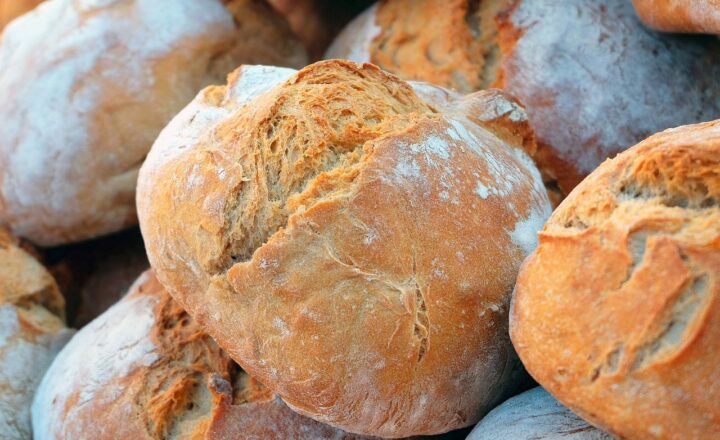Timeless Techniques: Mastering the Art of Baking Like a Pro
November 18, 2024

Baking is much more than just mixing ingredients and putting them in the oven. It is a science, an art form, and a means of bringing people together. Whether you are a novice looking to make your first loaf of bread or a seasoned baker aiming to refine your skills, mastering the art of baking requires understanding essential techniques that transform your creations from basic to extraordinary. In this article, we delve into timeless baking techniques, tips, and tricks that will elevate your baking skills and ensure impressive results every time.
1. Understanding the Importance of Ingredients
The quality of your ingredients greatly influences the final outcome of your baked goods. Understanding what each ingredient does is crucial to successful baking.
– **Flour**: The foundation for most baked goods, flour contains proteins that form gluten when mixed with water. Different types of flour yield different textures—from light and airy cakes to dense breads.
– **Sugar**: Sugar not only adds sweetness but also retains moisture, enhances flavor, and contributes to browning.
– **Fats**: Butter, oil, or shortening add richness and moisture, affect texture, and help with leavening in cookies and cakes.
– **Leavening Agents**: Baking powder and baking soda are essential for giving baked goods their rise. Understanding when to use each is key: baking soda needs acidic ingredients, while baking powder is a complete leavening agent.
With quality ingredients and a solid understanding of their roles, you lay the groundwork for successful baking.
2. Mastering Measurements and Techniques
Accurate measurements are vital in baking. Unlike cooking, where you can improvise, baking is precise. Here are some essential techniques to perfect:
– **Weighing vs. Measuring**: Whenever possible, use a kitchen scale for precise measurements. Cups can vary in size, leading to inconsistent results. A scale ensures accuracy, especially when baking bread or pastries.
– **Room Temperature Ingredients**: Ingredients like butter, eggs, and dairy should generally be at room temperature unless specified otherwise. This allows for better emulsification, resulting in a smoother batter and a fluffier texture.
– **Mixing Techniques**: Knowing how to mix ingredients correctly is essential:
– **Creaming**: Incorporating air into the butter and sugar mixture until light and fluffy is key for cakes and cookies.
– **Folding**: Gently incorporating light ingredients into heavier mixtures (like whipped cream into batter) helps maintain their airy quality.
– **Kneading**: Developing gluten through kneading is crucial for bread making. Knead until you achieve a smooth elastic dough.
Each technique plays a role in the final product, whether it be a delicate soufflé or a chewy loaf.
3. The Importance of Temperature Control
Oven temperature can make or break your baked goods. Understanding your oven and how it behaves is paramount:
– **Preheating**: Always preheat your oven to ensure a consistent baking environment. Putting unheated goods in the oven can lead to poor results, especially for cakes and quick breads.
– **Oven Thermometer**: Many ovens have incorrect temperature settings. An oven thermometer can help you verify and adjust your settings for accuracy.
– **Gentle Baking**: When baking delicate items like soufflés, lowering the oven temperature may prevent burning and ensure even cooking without losing their airy structure.
Temperature control not only affects cooking time but can also influence the rising of baked goods and their final flavor.
4. Timing is Everything
With baking, timing is more than just following a recipe; it is about understanding how long different items need to bake:
– **Test for Doneness**: Methods like the toothpick test help determine if cakes are cooked through. For bread, tapping it can give a hollow sound when done.
– **Cooling**: Allow baked goods to cool properly. Cakes need to cool in the pan for a bit before transferring to a wire rack, while cookies should also cool on the baking sheet briefly to avoid breakage.
– **Storing**: Proper storage ensures longevity. Bread should be stored in a paper bag, while cakes can be frozen or kept in airtight containers.
Getting familiar with timing will save you from under or over-baking your creations, which is particularly crucial for delicate pastries.
5. Experimentation and Creativity
Baking also encourages personal expression. Once you have mastered the basics, don’t be afraid to experiment:
– **Flavor Combinations**: Explore different spice blends, extracts, or flavor add-ins. Lemon zest can brighten a cake, while herbs can enhance bread.
– **Textures**: Combining various techniques like adding streusel on top of cakes or incorporating swirls of jam can add both visual appeal and taste.
– **Substitutions**: Explore gluten-free or vegan alternatives. Knowing how to substitute can open new avenues for creativity and allow you to cater to different dietary needs or preferences.
Embrace the excitement of turning a classic recipe into something uniquely yours through exploration.
6. Conclusion: The Joy of Baking
Baking is not just a process; it’s a celebration of creativity and flavor that brings people together. Whether you’re baking for a special occasion or satisfying a sweet tooth, mastering these timeless techniques will enhance your baking journey. With practice and passion, you can create mouthwatering, professional-quality treats that impress friends and family alike. So, roll up your sleeves, preheat that oven, and embark on the delightful adventure of becoming a baking master.
Happy Baking!







